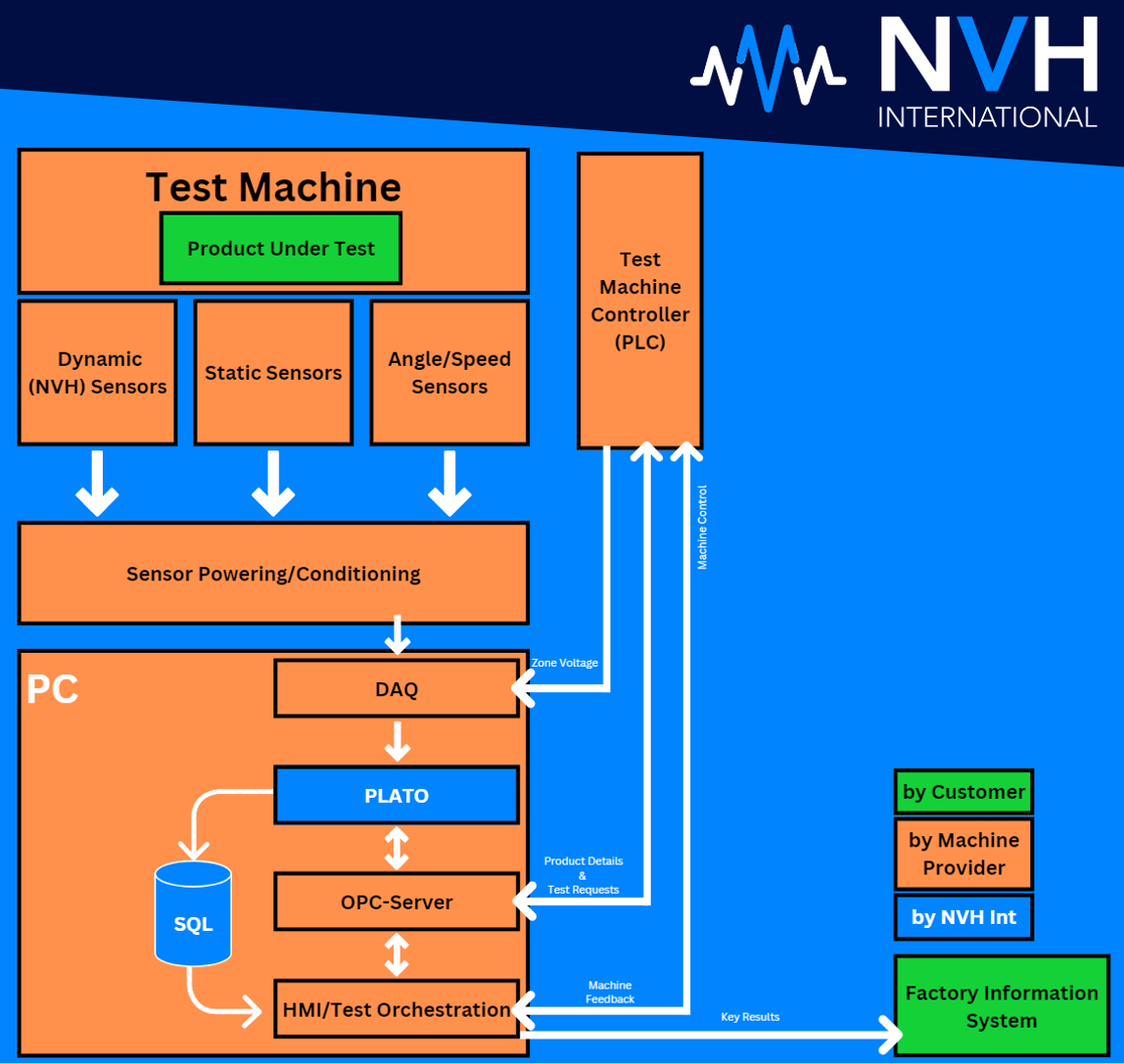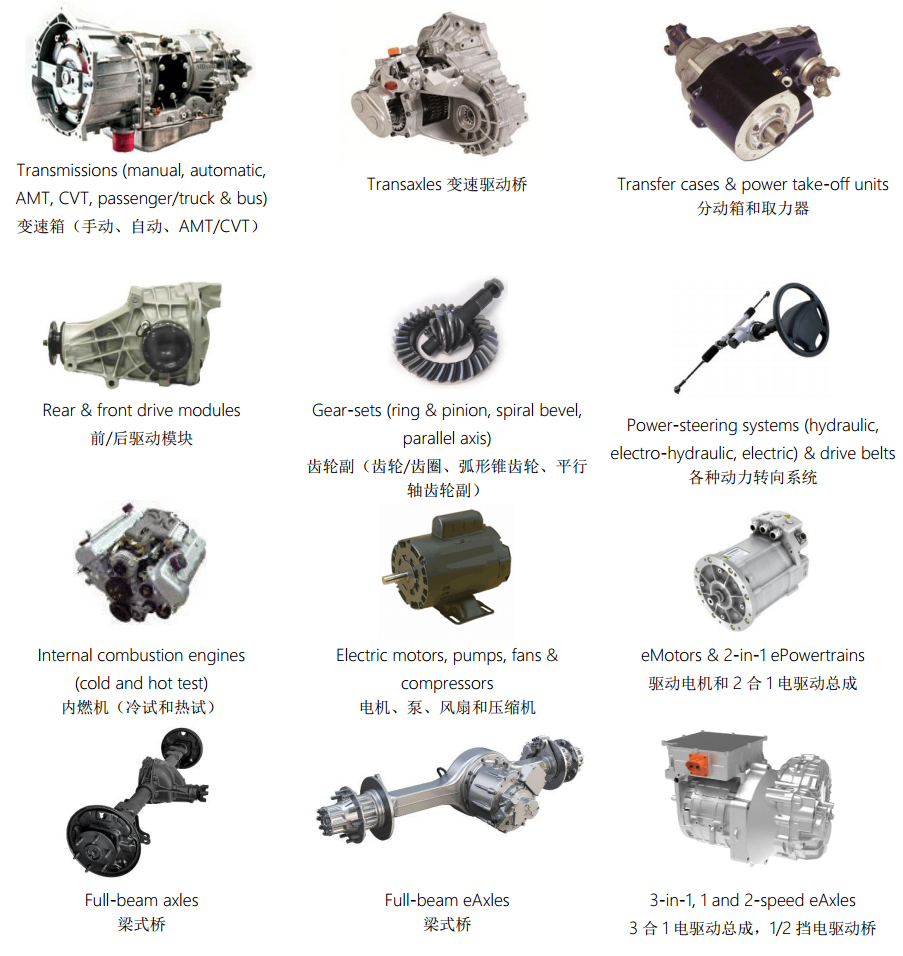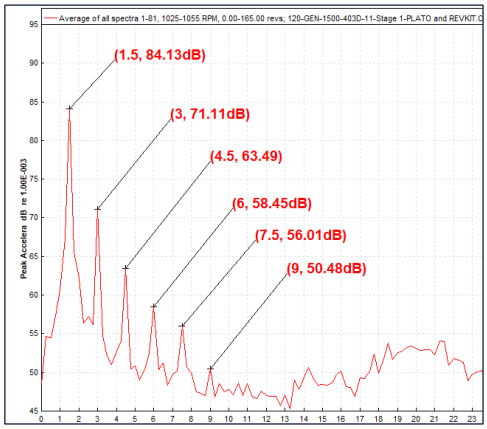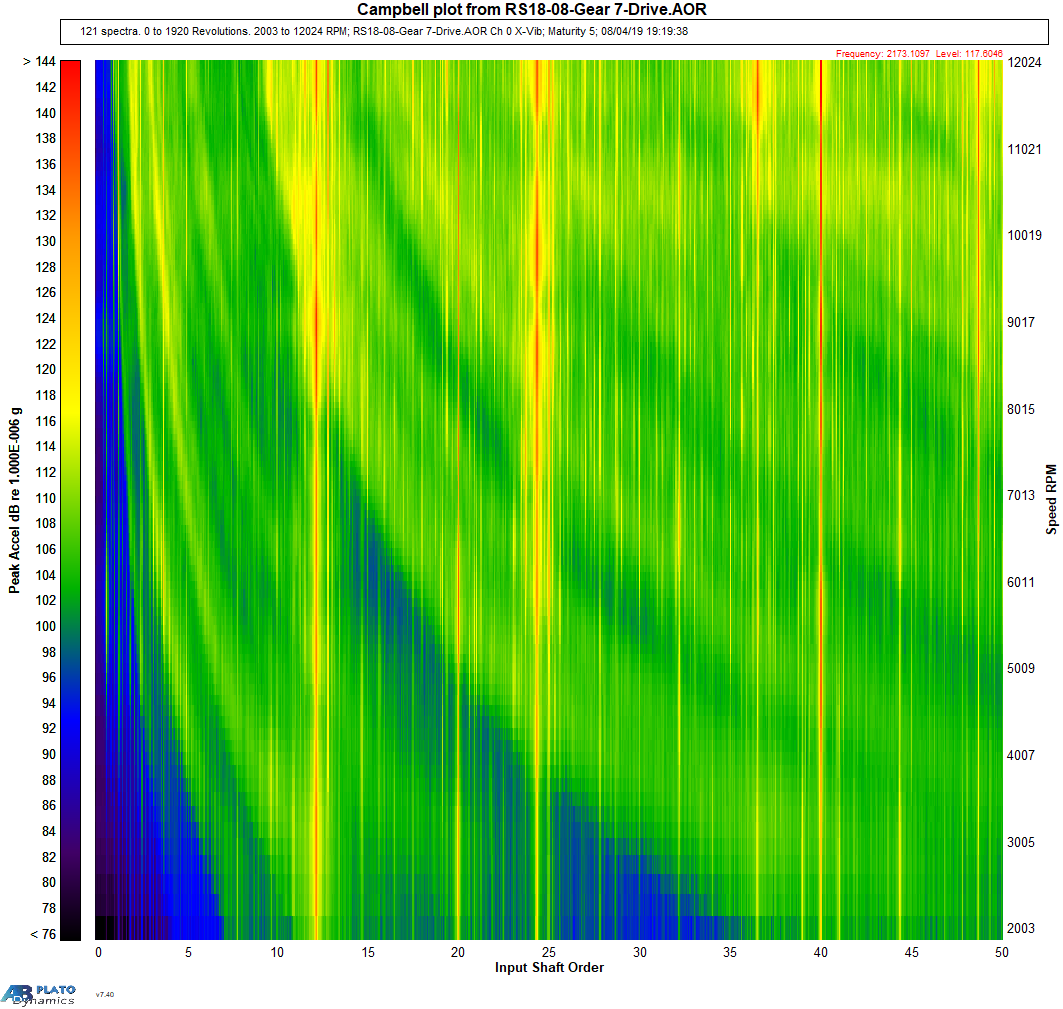
1. Background Introduction
With the continuous improvement of vehicle manufacturing quality, the expectations of drivers/passengers for vehicle NVH (noise, vibration) are also constantly increasing. Therefore, the noise and vibration (NVH) requirements for the in car powertrain and steering system will become increasingly strict, otherwise it may lead to receiving complaints from end users during the warranty period.
In response to the demand for electrification in both passenger and commercial vehicles, global automotive powertrain manufacturers have developed multiple solutions and developed many new technologies for electrification layout, including high-power, high-speed (rpm) drive motors (eMotors) and integrated motor controllers/inverters with reducers and differentials. The total reduction ratio of the electric drive assembly is usually within the range of 10:1 to 16:1. In the face of electric drive assembly products, many NVH evaluation methods developed for traditional mechanical powertrain products over the past few decades can be equally applicable. However, due to the introduction of eMotors and related control units, many new methods need to be introduced for NVH evaluation of electric drive assemblies.
Higher speed&frequency
The maximum speed of the motor is usually as high as 18000 rpm (300Hz), and it is necessary to check the rotor imbalance for frequencies up to 300Hz. If there are no issues, including the interaction between the winding and stator/rotor in the number of poles (harmonic) of the motor, it may be an important factor for users to evaluate NVH. For example, a 12 pole motor has basic interactions (vibration interference), or a slot frequency of 3600Hz at 18000rpm, with harmonic frequencies possibly reaching 7200Hz or higher.
The high-speed characteristics of eMotors mean that mechanical transmission is usually used to reduce the shaft speed to the speed required for inputting a typical differential unit, and the input end of the reducer must contain high-speed running gears. The small wheels on the eMotor shaft typically have 20 to 30 teeth, allowing for easy inclusion of basic harmonic orders within the 100 order analysis range. However, at 18000 rpm, the basic meshing frequency of the 30 tooth gear is 9kHz.
The electric drive assembly with integrated motor control unit (MCU)/inverter, also known as the "three in one electric drive assembly", may also have its own NVH issues. The PWM frequency on a typical inverter is about 8kHz (plus harmonics), so it is necessary to evaluate them as well as the harmonic and speed related sidebands, especially their interaction with the gear mesh order.
Due to its high frequency, dynamic sensors used for more traditional NVH evaluations also pose challenges.
2. Plato - "one-stop service"
Although testing may increase costs, by analyzing noise/vibration (NVH) characteristics at the end of the production line, NVHI's PLATO system in the UK can quickly detect non-conforming products before they leave the factory and undergo final manufacturing. In addition to eliminating high costs associated with on-site malfunctions and warranty issues, objective measurements of NVH can also be used to guide production to achieve higher product quality. The costs associated with decreased customer confidence and negative news are often intangible.
So, what is Plato?
PLATO is a PC based, multi-channel hardware/software system solution specifically designed for measuring noise/vibration (NVH) characteristics of rotating machinery, such as automotive powertrains and steering systems.


Diagram of Plato NVH testing system
Testing environment
Typical Plato System: Used in conjunction with a Test Bench

Rapid EOL testing, more in-depth offline audit testing, and "in-depth research" R&D testing
Applicable products

Plato software features
——The PLATO system provides the high-speed raw data acquisition rate (up to 204.8 kHz/channel) required for the evaluation of electric drive assemblies related to precise frequency and order locking analysis. By synchronously collecting data with the reference axis speed signal, the PLATO system can achieve precise order tracking analysis.

Order (multiple) plot of reference axis velocity
——Synchronize with the testing progress of the test bench, achieve automated data capture and processing, and provide in-depth interactive graphics/reports when in non testing mode.

Order Campbell plot
The analysis includes:
--Expected order (order spectrum, order tracking), whose key features can be attributed to the properties of the tested product, and the measurement level is compared to the self-learning or user input reference level.
--Unexpected (ghost) order, which cannot be immediately attributed to the abnormally high level of results of the tested product's attributes.
Moreover, in order to adapt the system to the precise requirements of each application scenario and expand the functionality of specific analysis and/or application domains, the system provides a series of additional customized software modules.
S1- DURAMON: Condition monitoring of testing machines and/or products during durability testing
S2-DYBAL: Static/Dynamic Unbalance Measurement
S3- FOCUS: Fault Analysis and Root Cause Classification
S4- METKIT: Transmission Error and Dynamic Gap
S5- NUREN: Engine manufacturing fault detection
S6- PASSBY: Through noise measurement and analysis
S7- REVKIT: Detection of gear surface damage and bearing defects
S8- STATS: Trend and Statistical Analysis of Results